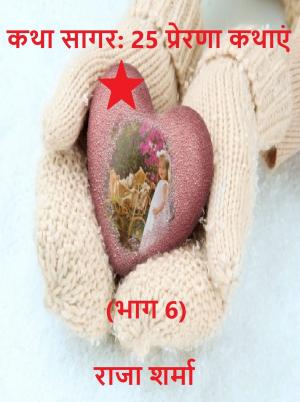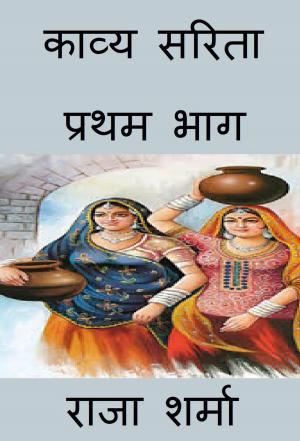Ready Reference Treatise: The Blithedale Romance
Nonfiction, Reference & Language, Study Aids, Romance| Author: | Raja Sharma | ISBN: | 9781310764707 |
| Publisher: | Raja Sharma | Publication: | October 27, 2015 |
| Imprint: | Smashwords Edition | Language: | English |
| Author: | Raja Sharma |
| ISBN: | 9781310764707 |
| Publisher: | Raja Sharma |
| Publication: | October 27, 2015 |
| Imprint: | Smashwords Edition |
| Language: | English |
“The Blithedale Romance” by Nathaniel Hawthorne was first published in 1852. It happens to be the author’s third major romance book.
In the words of Henry James, “The Blithedale Romance” is the lightest, the brightest, and the liveliest of all the unhumorous fiction written by Nathaniel Hawthorne.
The book is not paid as much attention by readers as they should, but it is considered one of Hawthorne’s most critically important books. While writing the novel, the author was staying at Horace Mann’s house in West Newton, Massachusetts. Although the writing had been completed in 1851, it was published the following year.
Ready Reference Treatise: The Blithedale Romance
Copyright
Chapter One: Introduction
Chapter Two: Plot Overview
Chapter Three: Major Characters
Chapter Four: Contemporary and Modern Criticism
Chapter Five: Complete Summary
Chapter Six: Critical Analysis
“The Blithedale Romance” by Nathaniel Hawthorne was first published in 1852. It happens to be the author’s third major romance book.
In the words of Henry James, “The Blithedale Romance” is the lightest, the brightest, and the liveliest of all the unhumorous fiction written by Nathaniel Hawthorne.
The book is not paid as much attention by readers as they should, but it is considered one of Hawthorne’s most critically important books. While writing the novel, the author was staying at Horace Mann’s house in West Newton, Massachusetts. Although the writing had been completed in 1851, it was published the following year.
Ready Reference Treatise: The Blithedale Romance
Copyright
Chapter One: Introduction
Chapter Two: Plot Overview
Chapter Three: Major Characters
Chapter Four: Contemporary and Modern Criticism
Chapter Five: Complete Summary
Chapter Six: Critical Analysis















